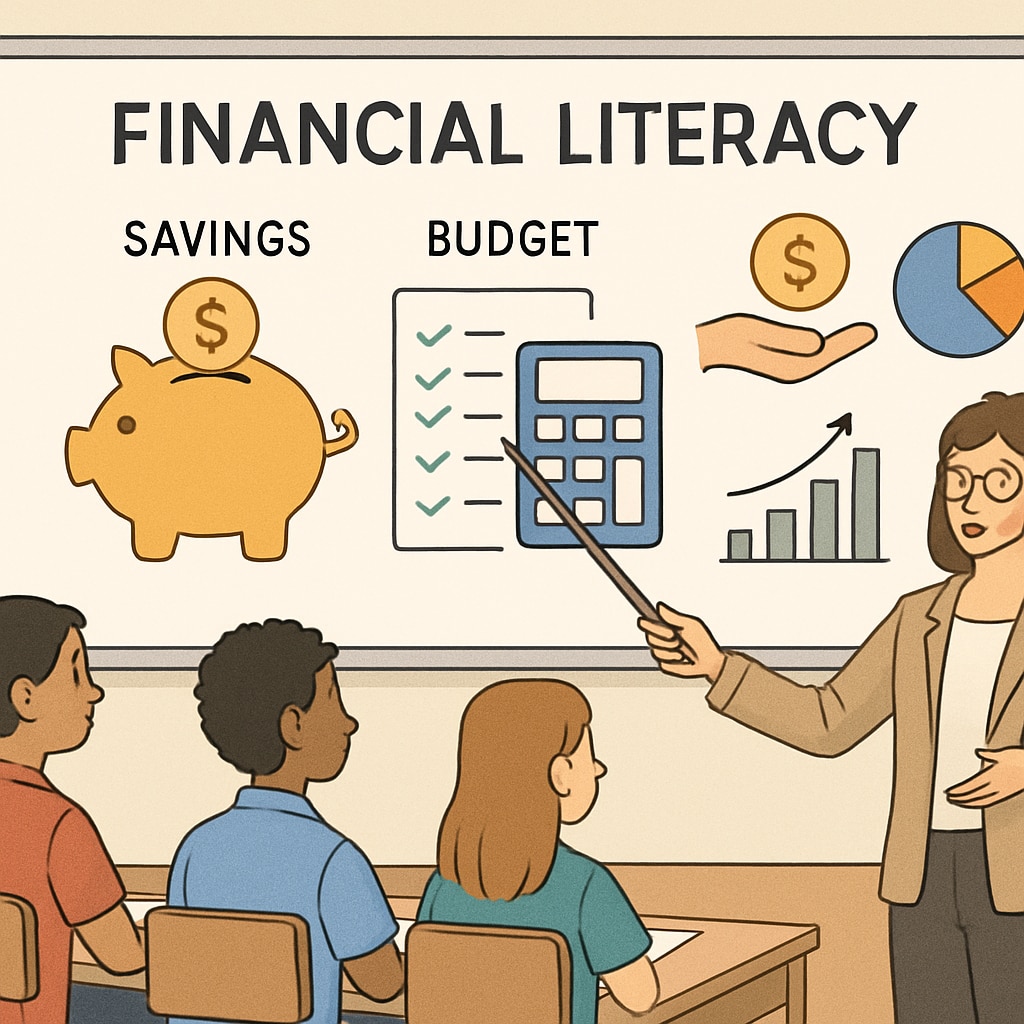The increasing number of students crowdfunding tuition for their final semester or medical school application is a stark reminder of the financial barriers in education. While higher education costs are often discussed, the roots of these challenges are often traceable to the K-12 stage, where financial literacy and support systems are either underdeveloped or nonexistent. This article explores how building robust financial frameworks during the K-12 years can help prevent these last-minute financial crises.
The Financial Burden of Education
Access to quality education often comes with a hefty price tag. For many students, this financial burden becomes most evident during college, particularly when applying for specialized programs such as medical school. Crowdfunding, while a creative solution, highlights a systemic issue: students are often left to their own devices to finance crucial stages of their education. For example, a recent study by Wikipedia shows that the average student loan debt in the U.S. exceeds $30,000, a figure that continues to rise each year.
These financial challenges are compounded for students entering fields like medicine, where tuition costs are extraordinarily high. While scholarships and loans exist, they are not always sufficient or accessible. Many students turn to crowdfunding platforms to raise money for their final semester or to cover fees for medical school applications, illustrating the gaps in existing financial aid systems.

Why the K-12 Stage Matters for Financial Preparedness
The financial hurdles faced in higher education often stem from a lack of financial literacy and preparation during the K-12 years. Current education systems focus heavily on academic development but often overlook teaching students how to manage money or plan for long-term educational expenses. This gap leaves students and their families unprepared for the financial realities of college and beyond.
In addition to financial literacy education, K-12 schools can play a pivotal role in creating financial support systems for students. Programs such as savings accounts for education, community scholarships, and partnerships with local organizations can help alleviate future financial strain. For example, some school districts have initiated “college savings partnership” programs that allow families to start saving early, often with matching contributions from local businesses or charitable organizations.
Building a Comprehensive Financial Support Network
To ensure that education dreams are not halted due to financial constraints, a multi-faceted approach is required. Below are three key strategies for creating a robust financial support network during the K-12 years:
- Early Financial Education: Incorporate financial literacy into the K-12 curriculum. Teach students about saving, budgeting, and planning for large expenses, including college tuition.
- Community-Based Scholarships: Engage local businesses, alumni networks, and community organizations to create scholarship opportunities for students.
- Parental Involvement: Provide workshops and resources for parents to help them plan for their children’s educational expenses effectively.
Furthermore, governments and policymakers must play an active role in funding these initiatives. Programs like federally-backed savings accounts or tax incentives for education-related savings can encourage families to prepare for future expenses. According to a report from Britannica, countries that invest heavily in education funding see higher retention and graduation rates, particularly among low-income students.

Looking Ahead: From Crisis to Prevention
While crowdfunding tuition for medical school applications and other educational expenses may provide short-term relief, it is not a sustainable solution. Addressing the root causes of financial challenges requires a proactive approach, starting in the K-12 years. By integrating financial literacy into education systems and creating community-based support networks, we can prevent students from reaching a crisis point where their dreams are jeopardized.
Education is a fundamental right, not a privilege, and its continuity should not depend on a student’s financial situation. With the right systems in place, we can ensure that every student, regardless of their economic background, has the opportunity to pursue their aspirations without unnecessary financial hurdles.
Readability guidance: This article employs short paragraphs and clear section headings to improve readability. Lists are used to summarize key points, and overuse of passive voice is avoided. Transition words such as “however,” “for example,” and “in addition” ensure smooth flow between ideas.


